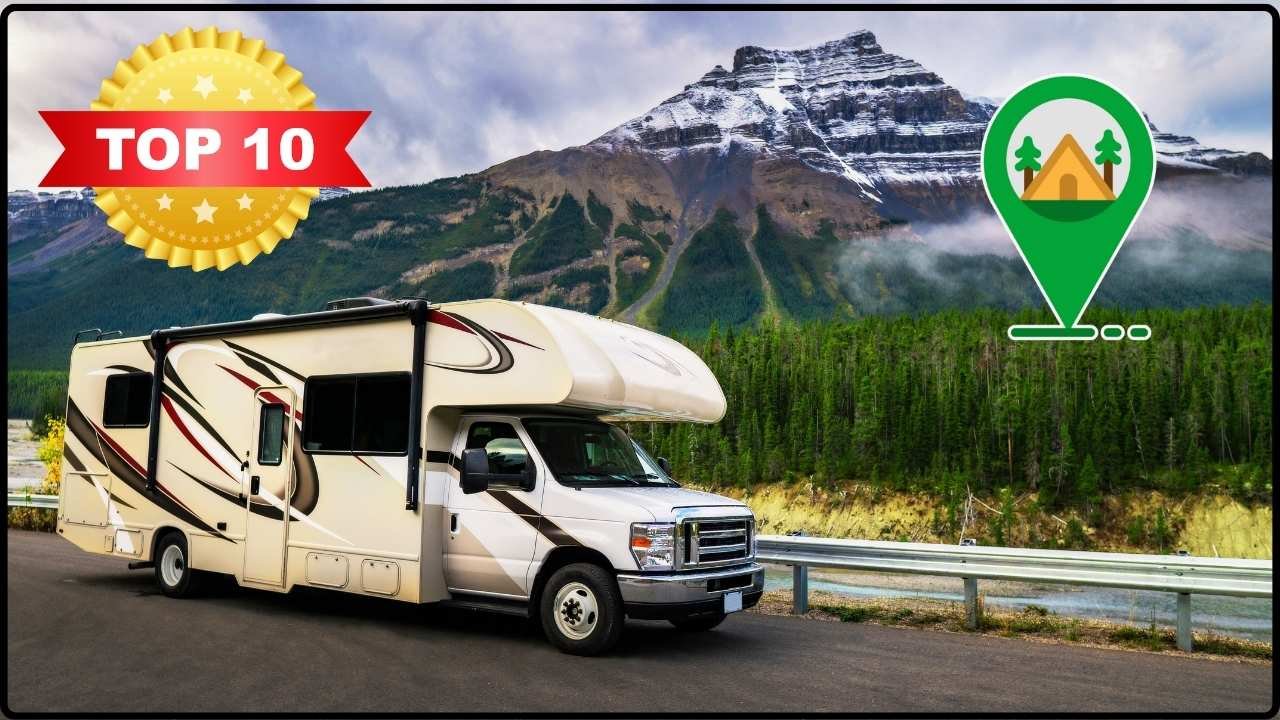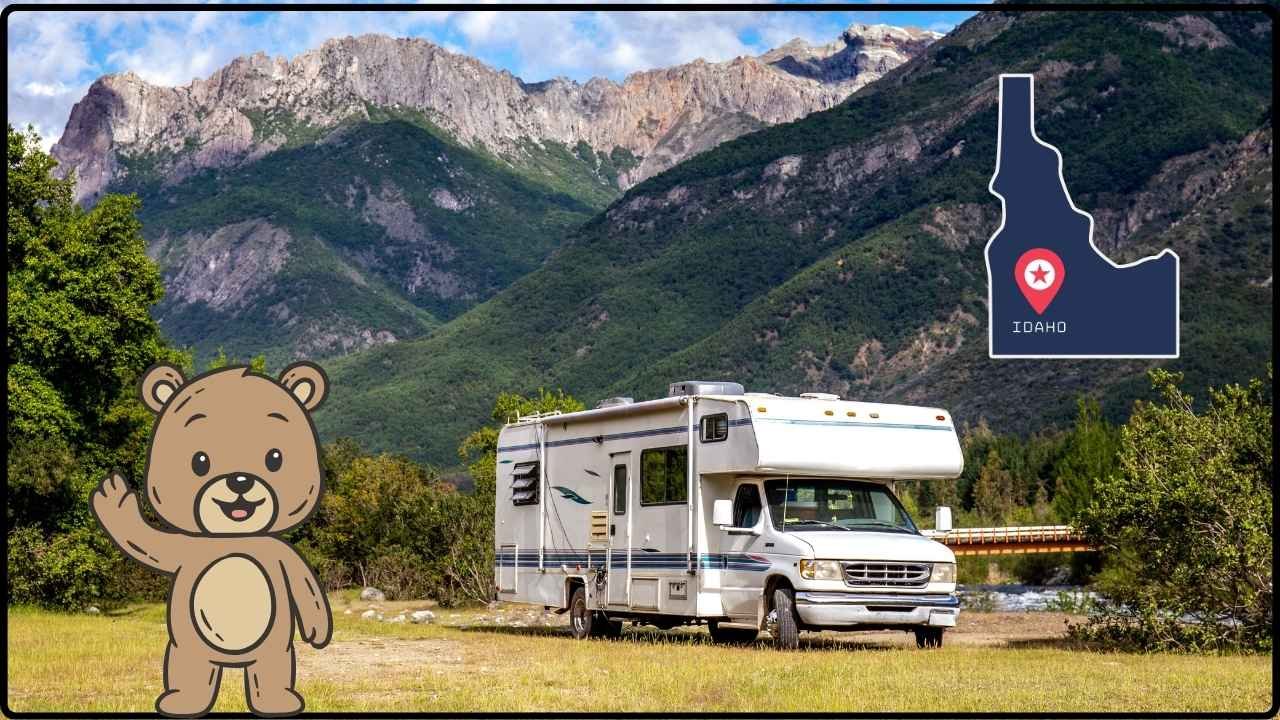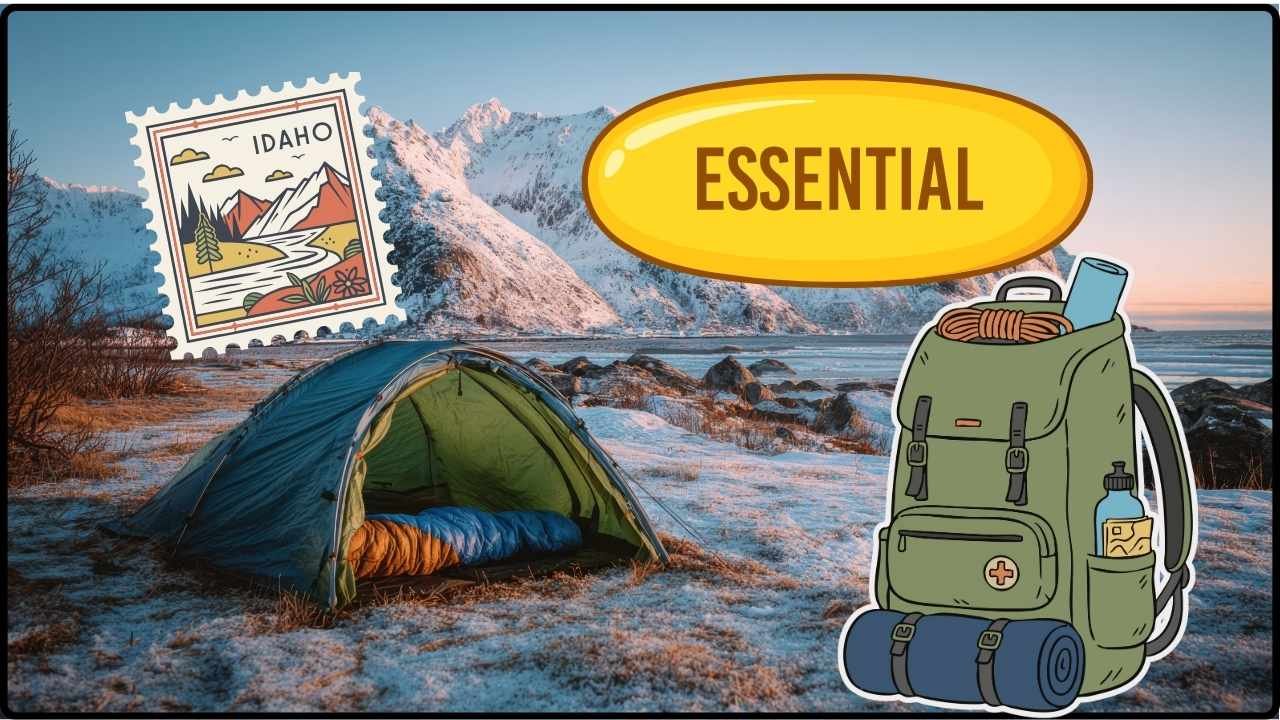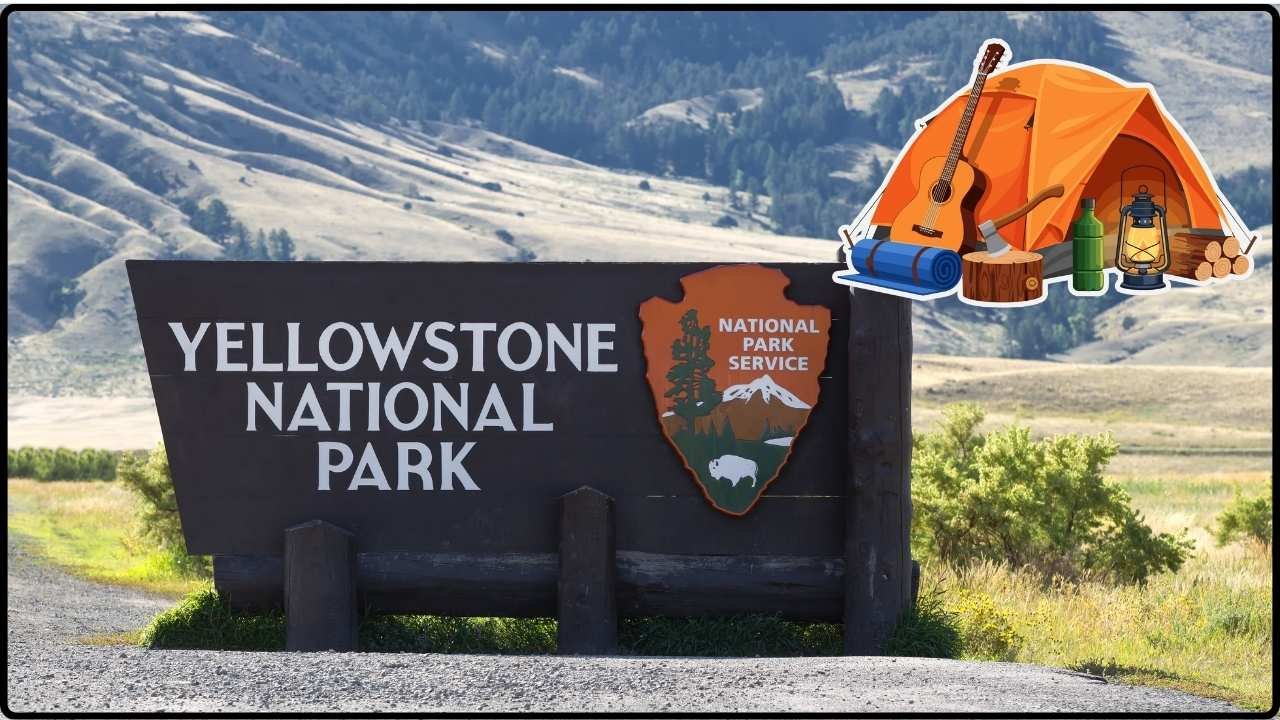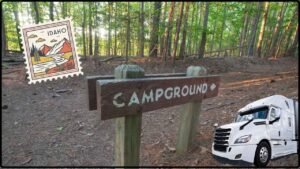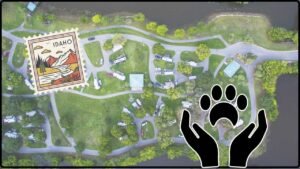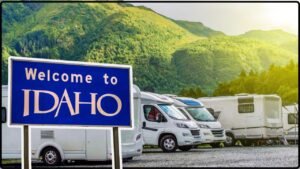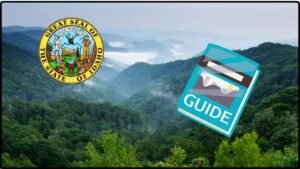Public RV Dump Stations in Idaho: If you’re gearing up for an RV trip across Idaho, it’s important to know exactly how and where to find public RV dump stations before you hit the road. Whether you’re a seasoned road warrior or just dipping your toes into the RV lifestyle, understanding your dump station options in Idaho will make your travel cleaner, simpler, and stress-free. Dump stations are essential services that help recreational vehicle owners safely empty waste tanks, keeping Idaho’s environment pristine and the community happy. Idaho welcomes RV travelers with open arms, offering a vast network of dump stations spread across key cities, national forests, and popular camping spots. This guide will walk you through everything—from identifying dump station locations, using them safely, understanding state regulations, to environmental best practices.
Public RV Dump Stations in Idaho
Navigating Idaho’s public RV dump stations with confidence is possible with the right information and preparation. From Meridian’s city station to the quiet Shoshone National Forest facility, you’ll find clean, well-maintained places to empty your tanks responsibly. Use recommended apps to plan ahead, respect state rules designed to safeguard Idaho’s natural beauty, and treat these facilities with care. Your responsible RV waste management keeps Idaho’s outdoors clean, healthy, and welcoming for all travelers today and tomorrow.
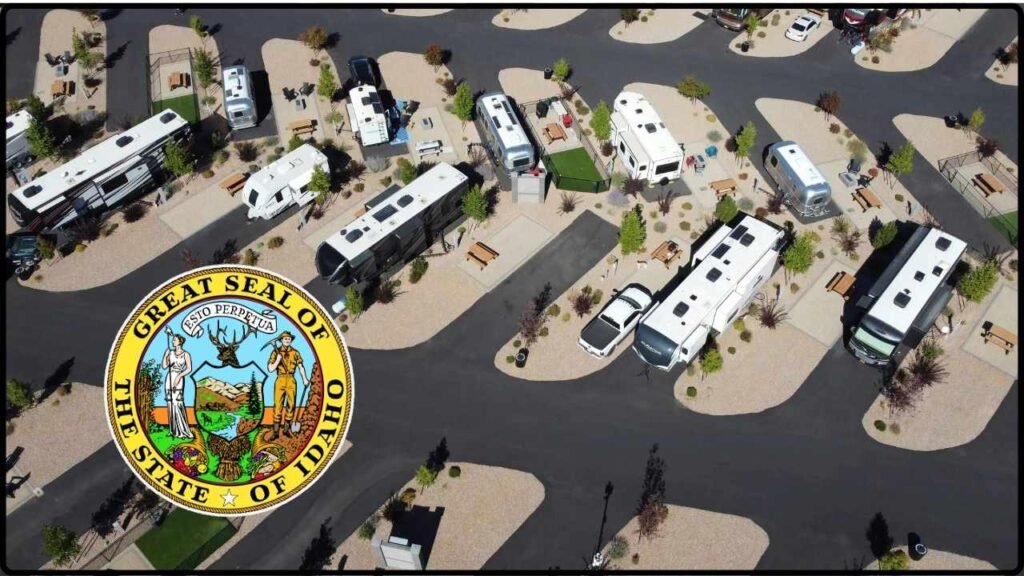
| Feature | Details |
|---|---|
| Number of Locations | 25+ publicly accessible dump stations statewide |
| Popular Areas | Meridian, Coeur d’Alene, Twin Falls, Boise, Gooding, and Shoshone National Forest |
| Cost | Many free; some stations charge modest fees ($5-$10) or offer free dumping with overnight stays |
| Hours of Operation | Most open 7 a.m. to sunset; some offer 24-hour access |
| Usage Guidelines | Dump black water first, then gray; wear gloves; clean station after use |
| State Regulations | Waste must be discharged only at authorized dump stations; illegal dumping prohibited |
Why Finding Public RV Dump Stations in Idaho Is Crucial?
RV travel means freedom, flexibility, and connection to nature—but it also carries the responsibility of proper waste disposal. RV dump stations offer a secure and eco-friendly way to empty your black (sewage) and gray (wastewater from sinks/showers) tanks. Idaho’s breathtaking rivers, forests, and open spaces attract millions of visitors who cherish these natural assets.
Dumping waste improperly not only harms water quality and wildlife habitats but can also lead to hefty fines and a ruinous reputation for responsible RVers. Keeping dump stations accessible and well-maintained is a win for everyone. By locating and using public RV dump stations properly, you’re doing your part to keep Idaho’s outdoors beautiful for generations.
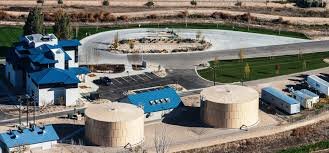
Where to Find Public RV Dump Stations in Idaho?
Meridian: Located at 3401 N. Ten Mile Road, this free dump station is available daily from 7 a.m. until dark. It is a popular, multi-lane station accommodating a high volume of users while limiting commercial use to keep it accessible.
Coeur d’Alene: This scenic northern Idaho city operates a 24/7 dump station at 250 E Dalton Ave. It provides added convenience for RVers exploring the area’s lakes and trails, with seasonal water availability.
Twin Falls: To explore the Snake River Canyon and Shoshone Falls, stop at the city-owned dump site on Washington St and 4 Ave West. The station allows both local and transient RV travelers to safely empty tanks.
Gooding: Situated at 2 Avenue West, it hosts two sewer dump stations and provides non-potable water. Gooding’s free public dump site serves residents, visitors, and agricultural RV users.
Boise Area: The capital and surrounding towns offer several options, including state parks and private RV parks. Some facilities waive dumping fees for overnight guests, making it convenient for long-term travelers.
Shoshone National Forest: Near campgrounds in this forest, the Shoshone RV Dump Station operates May through September. Charging between $6 and $8, it boasts potable water access and well-maintained amenities in a natural setting.
These locations are just a sample—Idaho’s comprehensive network of dump stations supports RV tourism strategically across the state.
How to Use an RV Dump Station Safely and Efficiently?
For first-timers or seasoned RV travelers, expert handling of dump stations ensures hygiene and efficiency:
- Arrive Prepared: Have your sewer hose, gloves, and cleaning supplies ready. Knowing your RV’s outlet side eases station lining.
- Align Correctly: Position your RV so your waste outlet connects seamlessly to the dump station inlet. This decreases spills.
- Black Water First: Dump the toilet sewage first. This allows the subsequent gray water flush to clear residual waste in your hose.
- Gray Water Second: This wastewater rinses your hose and clears out solids.
- Wear Gloves: Always protect yourself with disposable gloves.
- Rinse Thoroughly: Use station water to clean your sewer hose before detaching it.
- Respect Time Limits: Help maintain smooth operation by being punctual during busy hours.
- Clean After Yourself: Inspect for leaks or splashes; clean any messes to keep the station welcoming.
- Dispose of Gloves Properly: Seal used gloves in a plastic bag and dispose of them in trash bins.
Understanding these steps protects you, other RV users, and the environment.
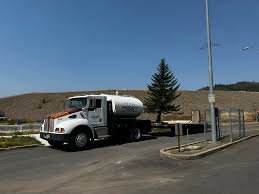
Idaho’s RV Waste Disposal Regulations: What You Must Know
Idaho’s DEQ has comprehensive regulations to protect public health and the environment while supporting a responsible RV culture.
- RV sewage must be discharged only at approved dump sites connected directly to municipal sewage systems or approved septage facilities.
- RV dump tanks must meet septic system standards, hold a minimum volume of 1,500 gallons (tanks in series are allowed), and have features like spill containment rims and sloped lids.
- Emergency warning alarms are required to signal when tanks reach two-thirds capacity.
- Stations must not be in floodways or areas where they could contaminate groundwater or surface water.
- Permit holders maintain responsibility for pumping and proper waste disposal via licensed septic operators.
- RV parks without individual waste hook-ups must provide an on-site dump station with proper operations and maintenance plans.
- Illegal dumping anywhere outside authorized stations is punishable by law and discouraged by enforcement officers.
These rules balance RV user needs and environmental protection, keeping Idaho’s natural treasures safe.
Environmental Impact and Responsibility of RV Waste Disposal
Dumping untreated sewage or gray water into Idaho’s pristine lands or water bodies would cause pollution, unsafe water for humans and animals, and damage to fragile ecosystems.
Waste from RVs contains pathogens, chemicals (sometimes including formaldehyde-based preservatives), and nutrients that can cause toxic algae blooms or kill aquatic life. Using designated dump stations prevents these risks.
By following proper dumping procedures, RV owners help sustain the outdoor lifestyle Idahoans cherish and the thriving tourism economy dependent on clean, natural landscapes.
Best Practices for RV Waste Management on the Road
Keeping your RV’s waste system running smooth takes a few simple, proactive steps:
- Use biodegradable, RV-safe toilet paper to protect your plumbing and septic systems.
- Clean tanks regularly and avoid letting waste sit too long to minimize odors and corrosion.
- Invest in a high-quality sewer hose and universal adapters to fit different dump station hookups.
- Plan stops ahead using apps, aiming to dump tanks before they fill to avoid emergency situations.
- Choose environmentally friendly RV tank chemicals to reduce the environmental footprint.
- Stay well hydrated and use plenty of water during flushing to maintain system health.
These habits extend tank longevity and promote fun, worry-free travel.
Apps and Resources to Locate Dump Stations Effortlessly
Technology makes it easier than ever to find dump stations:
- RVdumpsites.net: Interactive maps that pinpoint exact dump station locations nationwide, including Idaho.
- RVShare.com: Offers detailed listings of dump stations with user ratings and fees.
- Sanidumps.com: A robust directory used widely by the RV community.
- City and State Websites: Local governments like Meridian and Boise provide current info on their dump facilities.
- RV Travel Apps: Many offer GPS-guided navigation to the nearest dump station, with additional reviews and tips.
Backup your plans with these digital tools to ensure no surprises on the road.
Boondocking in Idaho 101: The Ultimate Guide to Free Camping
The RVer’s Guide to Dispersed Camping in the Sawtooth National Forest
Safety Tips and Emergency Preparedness
Always be ready for curveballs while dumping:
- Keep extra gloves and sanitizers on hand.
- Carry a flashlight for after-dark dumping.
- Report spills immediately to operators or authorities.
- Know the nearest emergency services, especially when camping in remote areas.
- Alert local officials if a dump station is full or malfunctioning to prevent environmental hazards.

